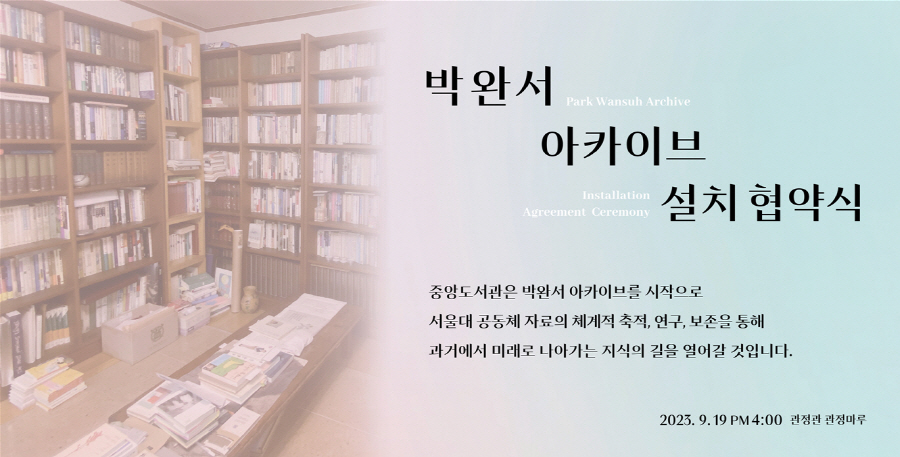
Park Wansuh Archive Installation Agreement Ceremony
The Central Library at Seoul National University is currently working on transforming its existing library functions into what they call "Larchiveum," combining the functions of an archive and a museum. By establishing archives for Seoul National University individuals who have made significant contributions to the development of Korean society, this initiative aims to open up a path that connects knowledge from the past to the future. This “Larchiveum” project is expected to enhance the significance of Seoul National University as a hub for the universiy’s academic achievements.
As the very first step of this project, the Park Wansuh Archive will be installed in 2024. On September 19, 2023, 4:00PM, an Installation Agreement Ceremony was held at the Central Library's Gwanjeongmaru, where 11 previously undisclosed diaries of author Park Wansuh were publicly displayed for the first time.
Through this agreement, the Central Library will receive various types of materials, including both books and other writings, from the family of Park Wansuh. The donated books include over 1,000 volumes from Park Wansuh's personal library and over 2,000 volumes from her underground library, comprising her works, collected works, and academic works. Using these donated materials, the Central Library plans to recreate Park Wansuh's beloved ‘Yellow House’ in Archiul, where she spent her final years. By doing this, the library will provide visitors with a space where they can fully experience the author's presence. Additionally, apart from the donated materials, the library will conduct in-depth research to continue collecting various editions of books related to Park Wansuh.
In addition to books materials, the Central Library will also collect other various writings by Park Wansuh. These include handwritten documents, audiovisual materials, materials related to daily life, and arts and crafts. Among the audiovisual materials are over 30 photo albums depicting Park Wansuh's life, while materials related to daily life include items such as desks, chairs, cabinets, and computers that will be displayed in the recreated library space. The arts and crafts category will feature sculptures by artist Lee Young-hak and knitted blankets created by Park Wansuh in collaboration with artist Ho Won-suk.
Among the donated materials, the most notable is undoubtedly Park Wansuh's diaries, up to 11 volumes. These diaries cover the time from January 1, 2001, when she was 71 years old, to January 20, 2011, two days before her passing. The diaries are the typical A5 to A4-sized diaries with recorded dates, and they were acquired from various sources, including the Red Cross (2004), Catholic organizations (2003, 2005, 2007), the Bannam Park Family (2008), UNICEF (2009, 2010), and the Seoul National University Alumni Association (2011).
It appears that Park Wansuh consistently kept diaries “as a means of self-reflection and recollection”, as she wrote in one of them on June 10, 2008. The diary entries are filled with sincere and straightforward descriptions of places visited, activities undertaken, people met, and emotions felt. She would express simple impressions like "good," "refreshing," or "annoying" and "tiring." If she recorded a date or fact inaccurately, she would erase and correct it. She also attached travel schedules and event-related documents. When mentioning people's names, she would often provide additional information in parentheses. These aspects reflect her commitment to faithfully and honestly recording her daily life.
Park Wansuh was a writer known for frequently revisiting and reinterpreting her autobiographical experiences in her works. Her debut work, "The Naked Tree," drew from her experience working at a U.S. military Post Exchange (PX) during the Korean War, and her well-known series, including "Who Ate Up All the Singa?" and "Was That Mountain Really There?" are considered autobiographical novels depicting her personal growth. While various aspects of Park Wansuh's autobiographical experiences have been discussed in her novels, her diaries provide a unique perspective. Unlike her other writings, diaries are the least processed and provide an unfiltered view of her daily life, making them especially valuable. In the last ten years of her life, her diaries vividly depict her everyday experiences and reveal her meticulous and honest nature as a writer.
Currently, the Central Library is working diligently to systematically organize, preserve, and research the valuable materials received through this donation. The collaboration between Seoul National University's exceptional research talent and Park Wansuh's precious materials is expected to establish the Park Wansuh Archive as a cultural asset of great significance in South Korea. The Park Wansuh Archive, which will be accessible to all citizens, not just Seoul National University students, is anticipated to receive high expectations and interest from the public as it embarks on its exciting journey.
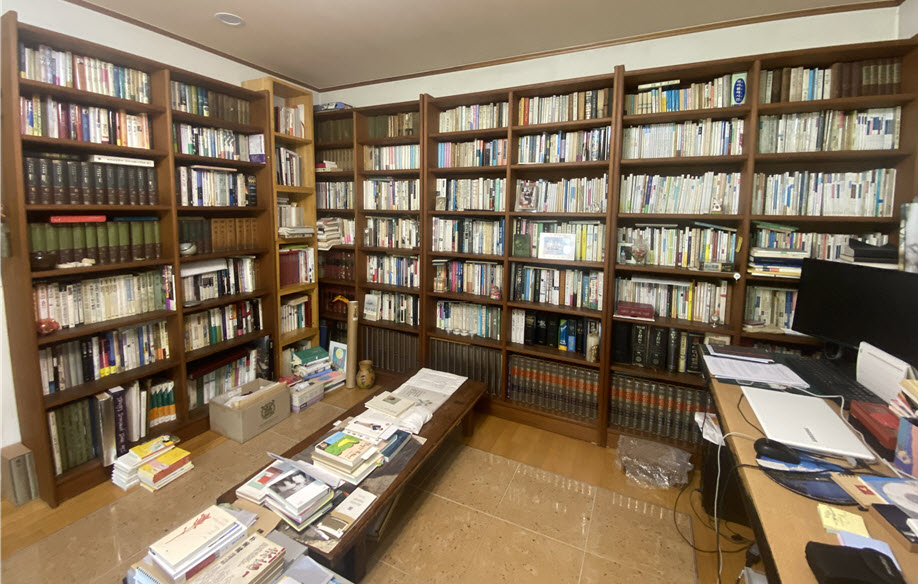
Park Wansuh's Writing Space During Her Lifetime – 1st Floor Study at the Yellow House in Archiul, Guri-si
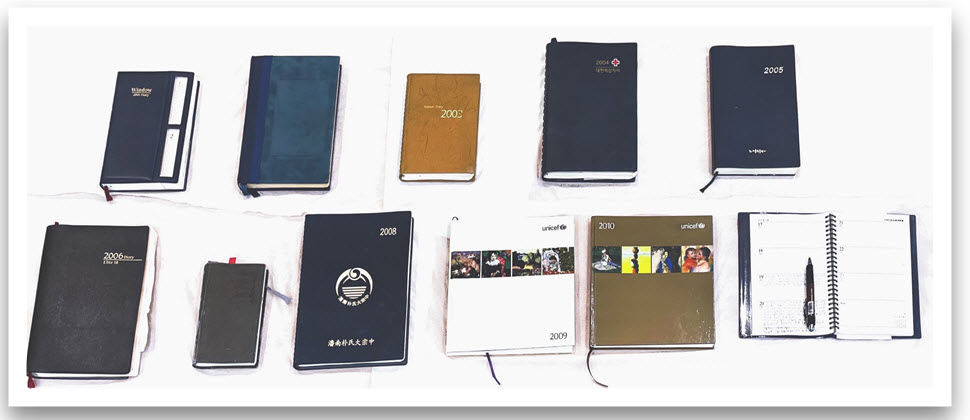
11 Diaries of Park Wansuh
Records from January 1, 2001 to January 20, 2011, two days before her passing.
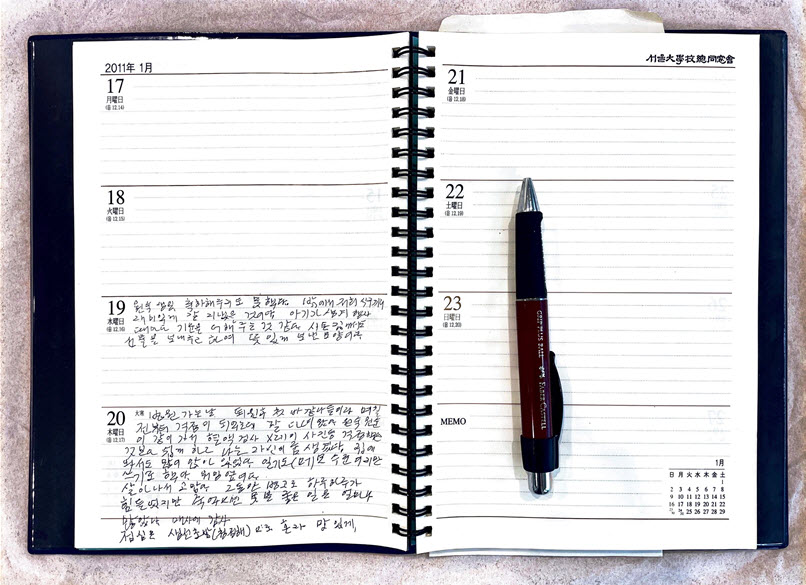
Writings on January 19-20, 2011, the last records before the passing of Park Wansuh
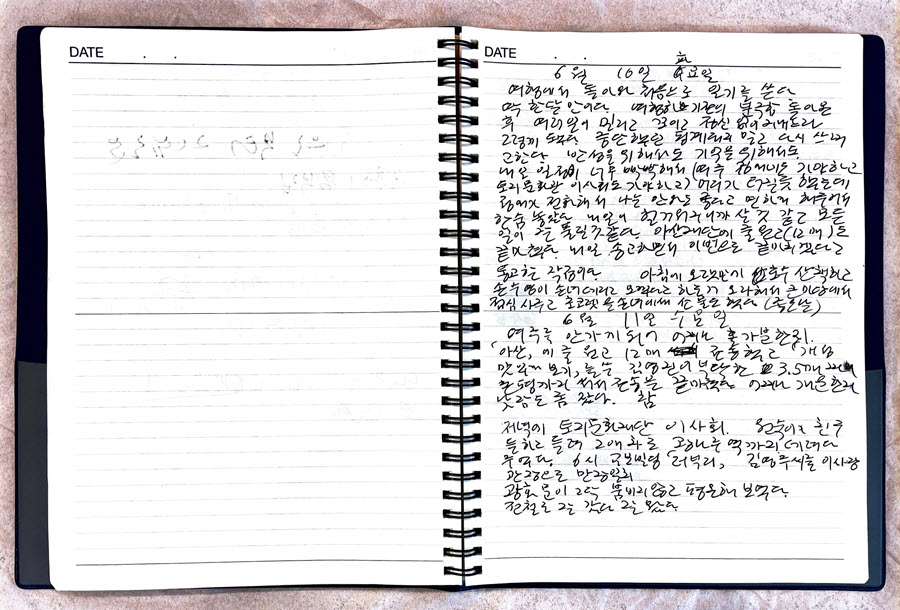
Writings on June 10, 2008, with her quote, “as a means of self-reflection and recollection”
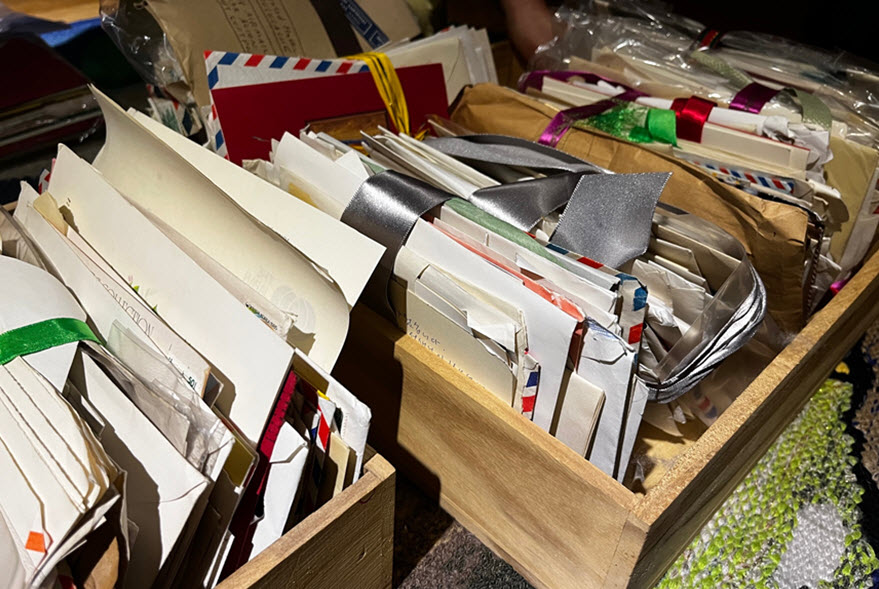
About 500 letters sent and received by Park Wansuh
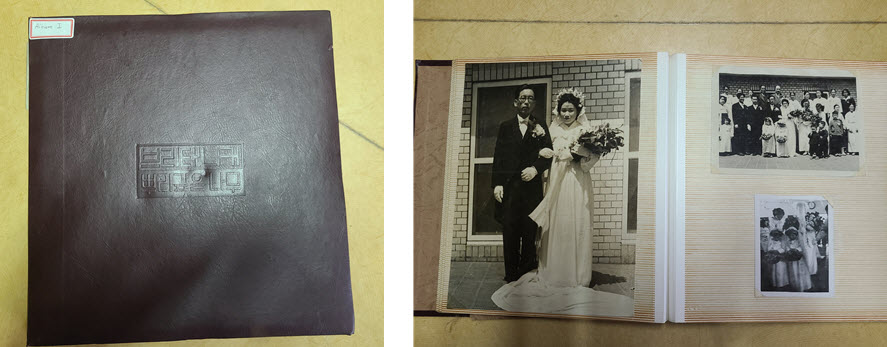
A photo album of Park Wansuh
Translated by
Jieun Oh (Department of English Language and Literature)

